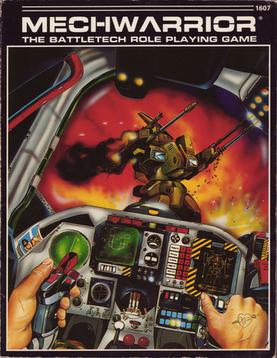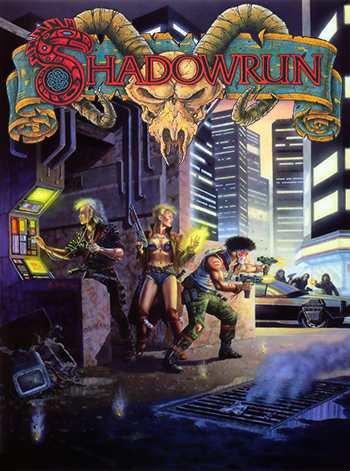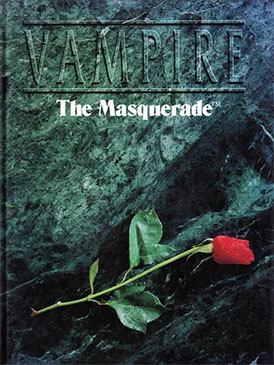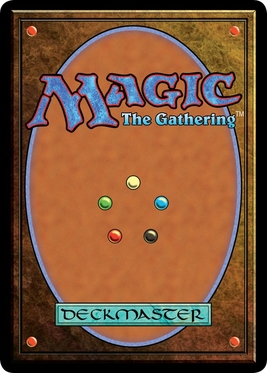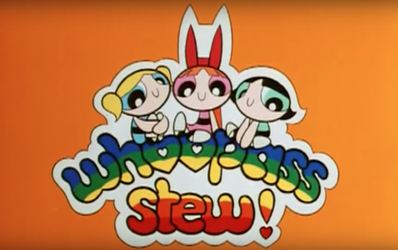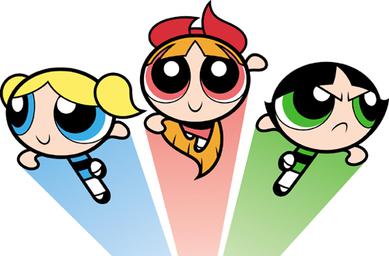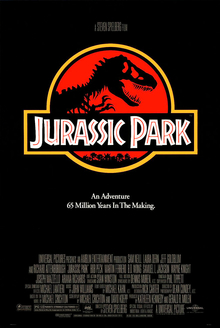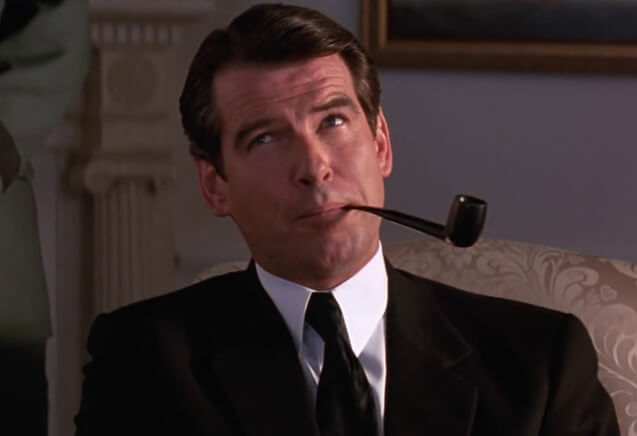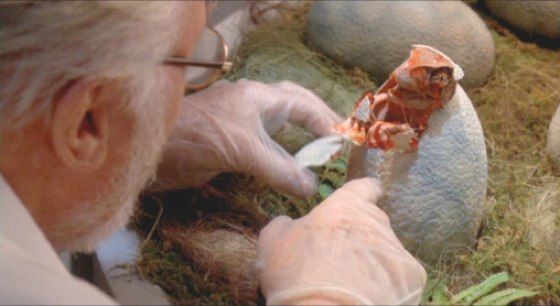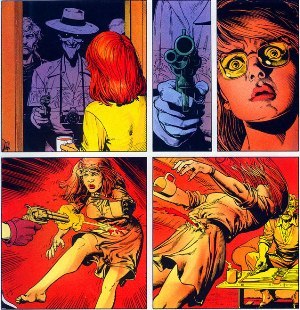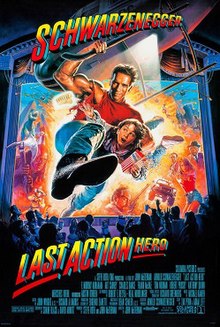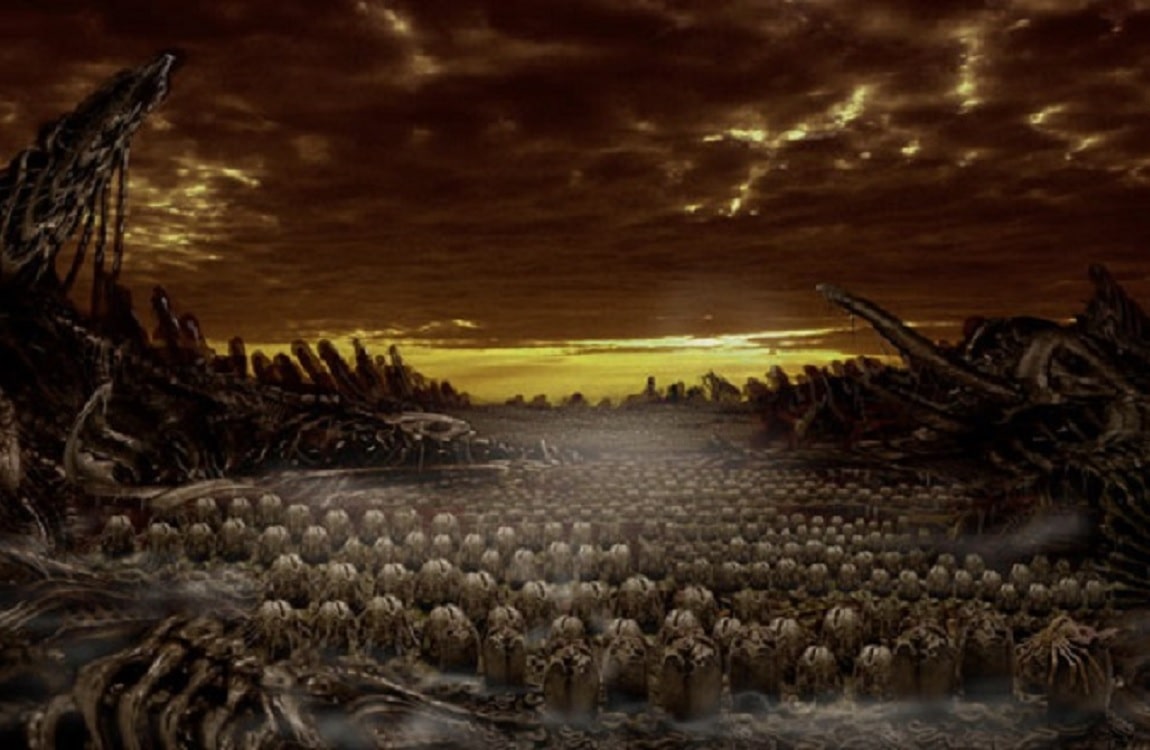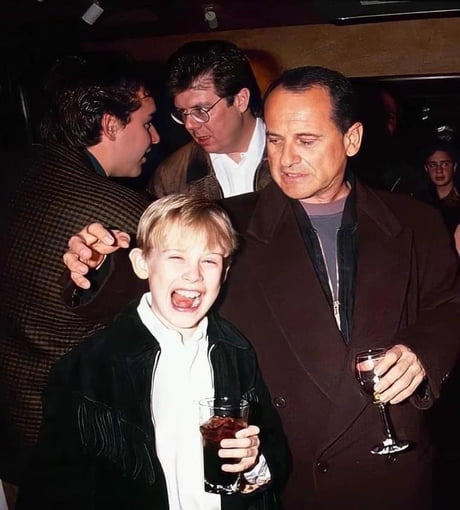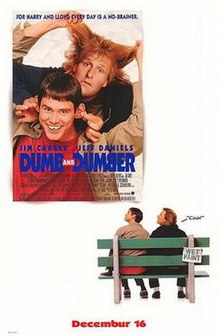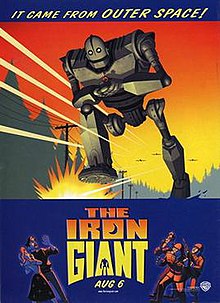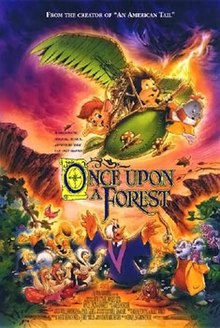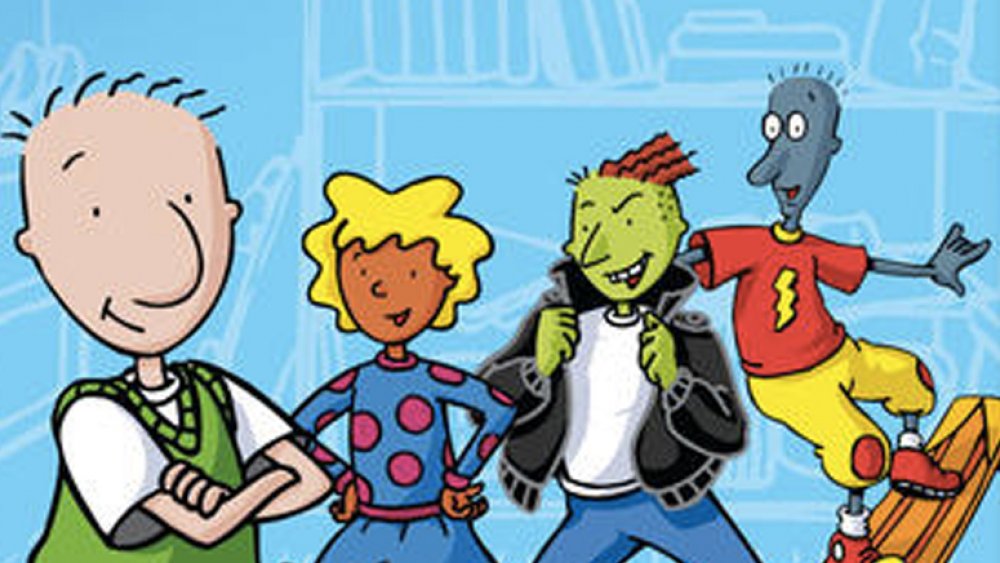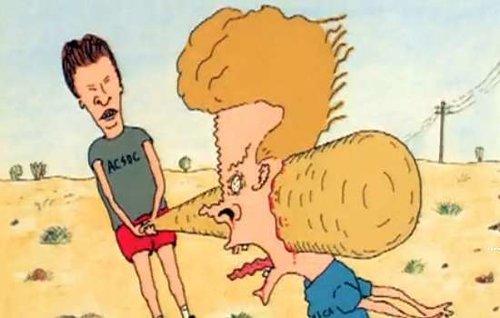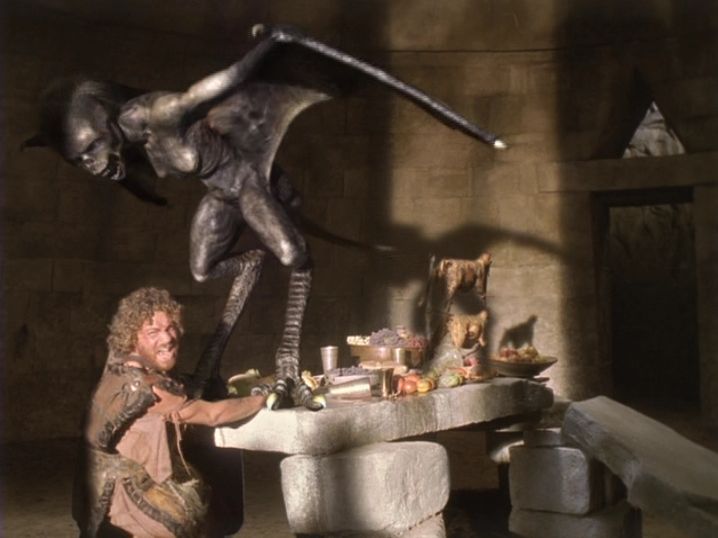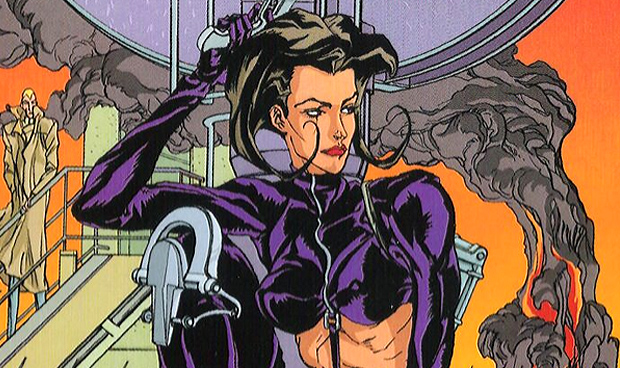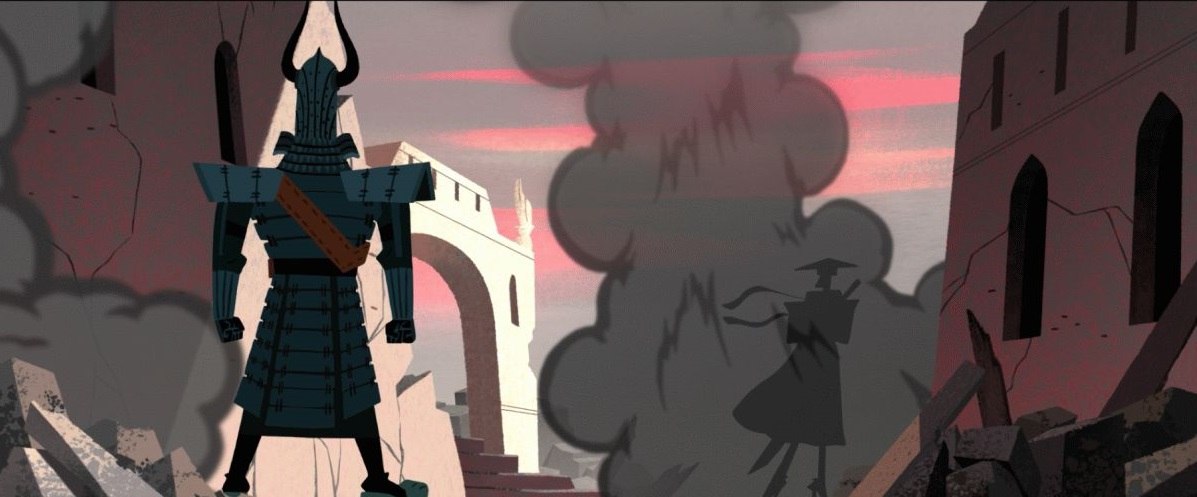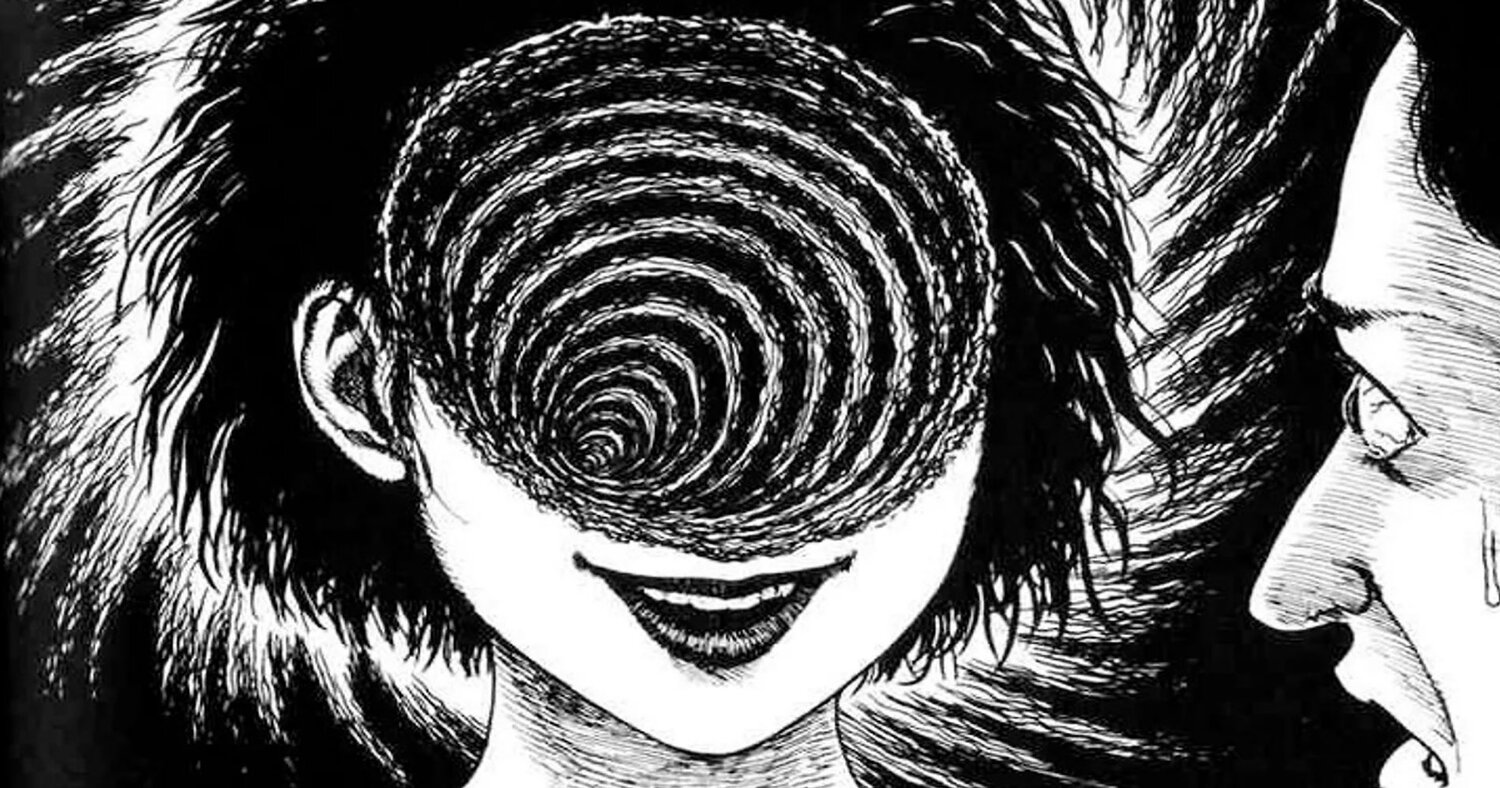Interview with Joss Whedon
From Comics Craze Magazine, May 1993 Edition
Joss Whedon is Hollywood Scriptwriting royalty, a third-generation screenwriter with numerous awards, including Emmys and Annies, to show for it. He has written extensively for television and films both as a script doctor and a lead writer. He joined us at Comics Craze to talk about his numerous upcoming comics, television, and even silver screen efforts, many of which will be right up the alley of our readers.
CC: So, you got your start with Disney, as many have.
JW: Yea, specifically my dad hooked me up with Jim Henson, whom he’d worked with on PBS stuff and the Muppets.
CC: He and your mother wrote the original Muppets “Hey Cinderella!” Special in 1974.
JW: Yea, so I kind of grew up with the Muppets. Maybe he was throwing me a bone, but still, I started writing for Inner Tube, this experimental Muppets variety show in the late ‘80s that saw the guests launched inside the TV, where they interacted with commercials and skits. Lots of early green-screen stuff. Emmy loved us, but audiences didn’t, so the show died early. But it resulted in the birth of a lot of the Muppets that ultimately ended up on Digit’s World and the like and, hey, guess what, it got me my foot in the door!
CC: Gotta’ focus on the important things. This also got you hooked up with Marvel.
JW: Yea, perfect, right? I was and am a total comics geek, so when Stan Lee and Jim Shooter and Margie Loesch recruited me to write for the X-Men cartoon I was in total heaven! I worked my way up from a staff writer to a lead writer, eventually getting to do Dark Phoenix, which won me my second Emmy after Inner Tube.
CC: The Dark Phoenix Saga, which aired in 1992 on the X-Men animated series. Our readers still recall that one as a winner and we counted it as the #3 Comics Moment Outside of Comics.
JW: Thanks.
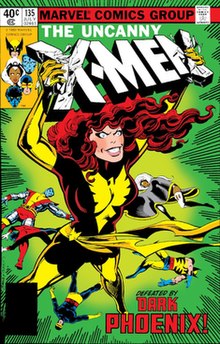
CC: X-Men then translated into a Spider-Man animated show, and of course this led to the Spider-Man films, the latest of which, Spider-Man 2, is releasing this summer. We got to see a sneak peek, and we’re sure that audiences and comics fans alike will approve.
JW: Yea, Doc Ock is the villain, with Alfred Molina returning. I mean, he’s just perfect. He even looks like Otto Octavius, no makeup required! Well, not much. Doc Ock tries out the new mentally-controlled arms rather than his old remote ones, and they take over his brain. He runs amok. Spidey has to stop him, all while trying to date Mary Jane and graduate High School. For Peter, it’s another necessary growth step, taking the puberty metaphor from the first movie and expanding it into a “becoming a mature adult” metaphor. Doc Ock is, in many ways, Peter’s cold and calculating ambitious side that we got introduced to at the start of the first film made manifest, and Mary Jane and Aunt May have to shake him from his singular focus and remind him of his humanity. “Be a good man, Peter, not just a successful one,” as Aunt May says.
CC: Spider-Man 3, featuring Norman Osborn’s Green Goblin it is assumed considering given the obvious cameo set up with Joe Morton, is entering production now. Rumor has it that you will be directing it. What can we expect there?
JW: (laughs) Already milking for spoilers? Ok, very quickly without spoiling either film: Norman as the seemingly benign sponsor and mentor and Peter in college. Trouble with Mary Jane, Gwen Stacy enters his life. Big “welcome to adulthood” metaphor. That’s as much as you get, you savage bastards!
CC: But Spider-Man is just the start of the Marvel movie universe, officially Earth #307165 by Marvel Lore[1].
JW: Yea, The Incredible Hulk will screen next summer, and we’re in pre-production on a Fantastic Four film, likely to show up in ’96 or ’97. But I know you’re fishing for X-Men. Yes, an X-Men film is in production. I’m writing the screenplay. You nerds will love it. I’ll be assisting in production and will even do some second-unit direction.
CC: In preparation to direct Spider-Man 3, we assume?
JW: Nice try, you manipulative bastards, you’ll never pry it out of me! (laughs)
CC: And what can you tell us about The Incredible Hulk?
JW: Well, he’s big, and green, and has some…weeee minor anger management issues, and…yea, you obviously mean the movie, and that schtick only goes so far. Well, I didn’t write it, but I did [script] doctor it some. Pretty straight forward origin story, really. Tim Robbins plays Bruce Banner, Creatureworks did the Hulk, which they modelled after Lou Ferrigno, who also does the voice, naturally, and, well, go see the film when it comes out, you cheap bastards!
CC: Can you speak to the rumors on the antagonist? Is it the Abomination? Whom does he fight? Can you at least share that?
JW: He fights his own internal demons and angst, mostly. You’ll get the press release on the rest later.
CC: And following on from that, what can you tell us about X-Men the movie?
JW: Well, it follows the Chris Claremont Era characters like in the animated [TV] show and you can put away the thumb screws, because that’s all that you’re getting! We hope to screen Summer of ’96.
CC: Rumor has it that you’re writing some comics for Marvel yourself, such as a new X-Men line.
JW: You people don’t quit, do you? (laughs) Yea, I’m working with Tom [DeFalco] and Chris [Claremont] and some of the usual suspects to make a new series. Of course, I’m also getting pulled in a lot of directions, so how long the run goes I can’t say.
CC: And yet you’re not staying strictly loyal to Marvel or Disney. You’ve recently written several episodes for DC’s Wonder Woman animated feature, with your recent take on George Perez’s “Gods & Mortals” gaining a lot of Emmy buzz.

JW: I’ve always loved Wonder Woman. I know it’s not cool anymore to call yourself a feminist, but I like to think of myself as one, and Diana is the comics avatar for female empowerment. I fought hard to get a gig on that franchise and bugged Cheryl [Henson] to bug Lisa to bug Mira [Velimirovic] to give me a shot.
CC: Some have pushed back on the claims of “feminism” in your writing for Wonder Woman, it should be said. Gloria Steinem called your take on “Gods & Mortals” “fetishistic” it its portrayal of the Amazons. Others cited the time Diana got bound and gagged by Darkseid, which it should be noted was a call back to her early Golden Age appearances under Charles Moulton.
JW: (sighs) Look, Gloria’s great, but she’s wrong here. Just because I acknowledge the power and beauty of the Amazons doesn’t mean that I’m sexualizing them! And yea, read your comics history! She escapes and wins the day, right? Empowering.
CC: Hey, we’re with you. “Gods & Mortals” is #24 on the list.
JW: If you really want to see my feminist cred, check out Final Girl, the new series we’re producing with PFN through Fantasia TV and Fox TV. We take Buffy Summers whom you may remember as the immortal Rhonda’s apprentice from the 1989 film and follow her as she trains a team of fellow high school rejects to battle the demonic forces that emanate or gain power from the Hell Mouth that exists under their school. It’s all an empowering story of women taking back their own power while also addressing the social pressures of high school and growing up.

CC: Part family and teen drama, part monster slaying battle, it sounds like.
JW: Absolutely! I’ve even spun up my own Mutant Enemy Productions so I and my team will be better situated to collaborate across studios and franchises. I also plan to direct some episodes of Final Girl myself.
CC: In preparation for directing Spider-Man 3?
JW: Oh, do shut up! (laughs)
CC: You’ve also reportedly written and directed episodes of Tim Burton’s upcoming series Nocturns.
JW: Yea, can’t speak about it too much, but I’m partnering with Tim’s Skeleton Crew to make a few episodes. I have one involving a teenage female vampire, with the amazing Jude Barsi set to star. And yea, it has a really empowering message.
CC: Barsi’s a teenager now? Wow, they grow up fast.
JW: Yea. Try not to think about how old that makes you, folks.
CC: Now, changing gears, you faced some challenges at Disney with the new behavior standards.
JW: Geez, is this a comics magazine or Geraldo? (laughs) OK, so, yes, we had a bit of a “come to Jesus” meeting within the studio a couple of years’ back. It started with acknowledging sexual harassment and ending it, which I totally supported the whole time, but it expanded to treating people right in general. And well…I… (long pause) I wasn’t the best there. I used to get in arguments with Pete Docter and Glen Keane on religion, or I should say I gave them hell about their beliefs while they turned the other cheek. Me and the “sky bully” as I call him haven’t seen eye-to-eye, and I…made the mistake of taking my frustrations out on them.
CC: You attacked their beliefs.
JW: Yea, and that was a dick move on my part. I’ve always been the one that got picked on and harassed, including by some in the religious establishment, and I felt like the victim, so it’s hard to come to terms with the fact that I was externalizing. As a comics fan I should be the first to get the whole “He who fights monsters” thing, right? So Jim [Henson] and I had some long talks. Counselling helped there too. I pulled my head out of my *** and I stopped the bull****.
CC: And how do you and Pete and Glen get along now?
JW: Very well, thank you. I turn to them whenever I have questions on how to portray a person of faith and not make them a strawman. I hope to collaborate with them in the future.
CC: In an interview with White Dwarf last year, you told them that your time script-doctoring Hulk was, and we quote, “just the self-therapy that I needed at the time.” I assume that this fits into that issue?
JW: Geez, I didn’t expect the Spanish Inquisition. Should I pause and wait for them to burst in? No? OK, yes, when Stan [Lee] asked me to write the screenplay for Hulk I demurred and came up with excuses like being too busy or not really feeling like it, but in truth I think I subconsciously realized that I’d be having to deal with emotions that I didn’t feel ready to address. So he handed it to Frank [Darabont] and then Ernie [Dickerson] took a spin with it when he signed on to direct, but Bernie [Brillstein, MGM Vice Chairman] thought that something wasn’t working, so Jim [Henson] asked me to doctor it…and you just can’t refuse Jim. It’s like resisting a cute kid asking for candy or a puppy wanting a treat, you feel like a heartless grinch if you say no. And yea, I buried myself in it, and rewrote the whole Bruce Banner character, really. Frank and Ernest, to be frank and earnest, had him as a quiet introvert with some anger management issues, but I basically took all of my demons and dumped them into Bruce, gave him some of my cruelest passive aggressive lines and inclinations, a real repressed-anger case of which I am all too familiar, and I basically had to work the dialog through several times before I found the right balance between making him too weak and passive and making him an unlikeable dick. And yea, it was uncomfortable and I probably drank too much while I wrote it like I was channeling Hemmingway, but it was strangely liberating to bleed all over the paper like that, not that they gave me a writing credit because of Union rules, but **** it. My therapist told me that she thought I had a real breakthrough after writing it. There, you got it out of me, you bastards! (laughs) You can put away the pliers now.
CC: What advice do you have for young creatives out there hoping to make their way in comics or TV or film?
JW: You mean besides “don’t be a total ****?” (laughs) Learn to shut your mouth and open your ears. Stick to your guns when it matters and don’t sell out your core values, but be willing to listen and accept the truth, no matter how hard, and admit when you’re wrong. Work hard, but know that it might not be enough, so look for opportunities and be ready to jump on them when they appear. The truth is no one is likely to come out of the sky on a golden unicorn and carry you to success. Make your own opportunities if you have to. And remember: like Professor X taught us, appreciate differences and be there for each other.
CC: Joss Whedon, thank you again for taking the time to talk to Comics Craze.
JW: Hey, any time. Ask me anything that you want, and I’ll be happy to dodge the question!
Spider-Man 2 by Marvel Productions and released by MGM Studios, starring Seth Green as Peter Parker and Alfred Molina as Doctor Octopus, is coming to theaters soon. Joss Whedon’s Final Girl: The Series starring Reece Witherspoon debuts on PFN stations this fall.
[1] 307165 sort of spells out “MOVIES” if you flip and rotate the numbers appropriately, as an added in-joke.
From Comics Craze Magazine, May 1993 Edition
Joss Whedon is Hollywood Scriptwriting royalty, a third-generation screenwriter with numerous awards, including Emmys and Annies, to show for it. He has written extensively for television and films both as a script doctor and a lead writer. He joined us at Comics Craze to talk about his numerous upcoming comics, television, and even silver screen efforts, many of which will be right up the alley of our readers.
CC: So, you got your start with Disney, as many have.
JW: Yea, specifically my dad hooked me up with Jim Henson, whom he’d worked with on PBS stuff and the Muppets.
CC: He and your mother wrote the original Muppets “Hey Cinderella!” Special in 1974.
JW: Yea, so I kind of grew up with the Muppets. Maybe he was throwing me a bone, but still, I started writing for Inner Tube, this experimental Muppets variety show in the late ‘80s that saw the guests launched inside the TV, where they interacted with commercials and skits. Lots of early green-screen stuff. Emmy loved us, but audiences didn’t, so the show died early. But it resulted in the birth of a lot of the Muppets that ultimately ended up on Digit’s World and the like and, hey, guess what, it got me my foot in the door!
CC: Gotta’ focus on the important things. This also got you hooked up with Marvel.
JW: Yea, perfect, right? I was and am a total comics geek, so when Stan Lee and Jim Shooter and Margie Loesch recruited me to write for the X-Men cartoon I was in total heaven! I worked my way up from a staff writer to a lead writer, eventually getting to do Dark Phoenix, which won me my second Emmy after Inner Tube.
CC: The Dark Phoenix Saga, which aired in 1992 on the X-Men animated series. Our readers still recall that one as a winner and we counted it as the #3 Comics Moment Outside of Comics.
JW: Thanks.

CC: X-Men then translated into a Spider-Man animated show, and of course this led to the Spider-Man films, the latest of which, Spider-Man 2, is releasing this summer. We got to see a sneak peek, and we’re sure that audiences and comics fans alike will approve.
JW: Yea, Doc Ock is the villain, with Alfred Molina returning. I mean, he’s just perfect. He even looks like Otto Octavius, no makeup required! Well, not much. Doc Ock tries out the new mentally-controlled arms rather than his old remote ones, and they take over his brain. He runs amok. Spidey has to stop him, all while trying to date Mary Jane and graduate High School. For Peter, it’s another necessary growth step, taking the puberty metaphor from the first movie and expanding it into a “becoming a mature adult” metaphor. Doc Ock is, in many ways, Peter’s cold and calculating ambitious side that we got introduced to at the start of the first film made manifest, and Mary Jane and Aunt May have to shake him from his singular focus and remind him of his humanity. “Be a good man, Peter, not just a successful one,” as Aunt May says.
CC: Spider-Man 3, featuring Norman Osborn’s Green Goblin it is assumed considering given the obvious cameo set up with Joe Morton, is entering production now. Rumor has it that you will be directing it. What can we expect there?
JW: (laughs) Already milking for spoilers? Ok, very quickly without spoiling either film: Norman as the seemingly benign sponsor and mentor and Peter in college. Trouble with Mary Jane, Gwen Stacy enters his life. Big “welcome to adulthood” metaphor. That’s as much as you get, you savage bastards!
CC: But Spider-Man is just the start of the Marvel movie universe, officially Earth #307165 by Marvel Lore[1].
JW: Yea, The Incredible Hulk will screen next summer, and we’re in pre-production on a Fantastic Four film, likely to show up in ’96 or ’97. But I know you’re fishing for X-Men. Yes, an X-Men film is in production. I’m writing the screenplay. You nerds will love it. I’ll be assisting in production and will even do some second-unit direction.
CC: In preparation to direct Spider-Man 3, we assume?
JW: Nice try, you manipulative bastards, you’ll never pry it out of me! (laughs)
CC: And what can you tell us about The Incredible Hulk?
JW: Well, he’s big, and green, and has some…weeee minor anger management issues, and…yea, you obviously mean the movie, and that schtick only goes so far. Well, I didn’t write it, but I did [script] doctor it some. Pretty straight forward origin story, really. Tim Robbins plays Bruce Banner, Creatureworks did the Hulk, which they modelled after Lou Ferrigno, who also does the voice, naturally, and, well, go see the film when it comes out, you cheap bastards!
CC: Can you speak to the rumors on the antagonist? Is it the Abomination? Whom does he fight? Can you at least share that?
JW: He fights his own internal demons and angst, mostly. You’ll get the press release on the rest later.
CC: And following on from that, what can you tell us about X-Men the movie?
JW: Well, it follows the Chris Claremont Era characters like in the animated [TV] show and you can put away the thumb screws, because that’s all that you’re getting! We hope to screen Summer of ’96.
CC: Rumor has it that you’re writing some comics for Marvel yourself, such as a new X-Men line.
JW: You people don’t quit, do you? (laughs) Yea, I’m working with Tom [DeFalco] and Chris [Claremont] and some of the usual suspects to make a new series. Of course, I’m also getting pulled in a lot of directions, so how long the run goes I can’t say.
CC: And yet you’re not staying strictly loyal to Marvel or Disney. You’ve recently written several episodes for DC’s Wonder Woman animated feature, with your recent take on George Perez’s “Gods & Mortals” gaining a lot of Emmy buzz.

JW: I’ve always loved Wonder Woman. I know it’s not cool anymore to call yourself a feminist, but I like to think of myself as one, and Diana is the comics avatar for female empowerment. I fought hard to get a gig on that franchise and bugged Cheryl [Henson] to bug Lisa to bug Mira [Velimirovic] to give me a shot.
CC: Some have pushed back on the claims of “feminism” in your writing for Wonder Woman, it should be said. Gloria Steinem called your take on “Gods & Mortals” “fetishistic” it its portrayal of the Amazons. Others cited the time Diana got bound and gagged by Darkseid, which it should be noted was a call back to her early Golden Age appearances under Charles Moulton.
JW: (sighs) Look, Gloria’s great, but she’s wrong here. Just because I acknowledge the power and beauty of the Amazons doesn’t mean that I’m sexualizing them! And yea, read your comics history! She escapes and wins the day, right? Empowering.
CC: Hey, we’re with you. “Gods & Mortals” is #24 on the list.
JW: If you really want to see my feminist cred, check out Final Girl, the new series we’re producing with PFN through Fantasia TV and Fox TV. We take Buffy Summers whom you may remember as the immortal Rhonda’s apprentice from the 1989 film and follow her as she trains a team of fellow high school rejects to battle the demonic forces that emanate or gain power from the Hell Mouth that exists under their school. It’s all an empowering story of women taking back their own power while also addressing the social pressures of high school and growing up.

CC: Part family and teen drama, part monster slaying battle, it sounds like.
JW: Absolutely! I’ve even spun up my own Mutant Enemy Productions so I and my team will be better situated to collaborate across studios and franchises. I also plan to direct some episodes of Final Girl myself.
CC: In preparation for directing Spider-Man 3?
JW: Oh, do shut up! (laughs)
CC: You’ve also reportedly written and directed episodes of Tim Burton’s upcoming series Nocturns.
JW: Yea, can’t speak about it too much, but I’m partnering with Tim’s Skeleton Crew to make a few episodes. I have one involving a teenage female vampire, with the amazing Jude Barsi set to star. And yea, it has a really empowering message.
CC: Barsi’s a teenager now? Wow, they grow up fast.
JW: Yea. Try not to think about how old that makes you, folks.
CC: Now, changing gears, you faced some challenges at Disney with the new behavior standards.
JW: Geez, is this a comics magazine or Geraldo? (laughs) OK, so, yes, we had a bit of a “come to Jesus” meeting within the studio a couple of years’ back. It started with acknowledging sexual harassment and ending it, which I totally supported the whole time, but it expanded to treating people right in general. And well…I… (long pause) I wasn’t the best there. I used to get in arguments with Pete Docter and Glen Keane on religion, or I should say I gave them hell about their beliefs while they turned the other cheek. Me and the “sky bully” as I call him haven’t seen eye-to-eye, and I…made the mistake of taking my frustrations out on them.
CC: You attacked their beliefs.
JW: Yea, and that was a dick move on my part. I’ve always been the one that got picked on and harassed, including by some in the religious establishment, and I felt like the victim, so it’s hard to come to terms with the fact that I was externalizing. As a comics fan I should be the first to get the whole “He who fights monsters” thing, right? So Jim [Henson] and I had some long talks. Counselling helped there too. I pulled my head out of my *** and I stopped the bull****.
CC: And how do you and Pete and Glen get along now?
JW: Very well, thank you. I turn to them whenever I have questions on how to portray a person of faith and not make them a strawman. I hope to collaborate with them in the future.
CC: In an interview with White Dwarf last year, you told them that your time script-doctoring Hulk was, and we quote, “just the self-therapy that I needed at the time.” I assume that this fits into that issue?
JW: Geez, I didn’t expect the Spanish Inquisition. Should I pause and wait for them to burst in? No? OK, yes, when Stan [Lee] asked me to write the screenplay for Hulk I demurred and came up with excuses like being too busy or not really feeling like it, but in truth I think I subconsciously realized that I’d be having to deal with emotions that I didn’t feel ready to address. So he handed it to Frank [Darabont] and then Ernie [Dickerson] took a spin with it when he signed on to direct, but Bernie [Brillstein, MGM Vice Chairman] thought that something wasn’t working, so Jim [Henson] asked me to doctor it…and you just can’t refuse Jim. It’s like resisting a cute kid asking for candy or a puppy wanting a treat, you feel like a heartless grinch if you say no. And yea, I buried myself in it, and rewrote the whole Bruce Banner character, really. Frank and Ernest, to be frank and earnest, had him as a quiet introvert with some anger management issues, but I basically took all of my demons and dumped them into Bruce, gave him some of my cruelest passive aggressive lines and inclinations, a real repressed-anger case of which I am all too familiar, and I basically had to work the dialog through several times before I found the right balance between making him too weak and passive and making him an unlikeable dick. And yea, it was uncomfortable and I probably drank too much while I wrote it like I was channeling Hemmingway, but it was strangely liberating to bleed all over the paper like that, not that they gave me a writing credit because of Union rules, but **** it. My therapist told me that she thought I had a real breakthrough after writing it. There, you got it out of me, you bastards! (laughs) You can put away the pliers now.
CC: What advice do you have for young creatives out there hoping to make their way in comics or TV or film?
JW: You mean besides “don’t be a total ****?” (laughs) Learn to shut your mouth and open your ears. Stick to your guns when it matters and don’t sell out your core values, but be willing to listen and accept the truth, no matter how hard, and admit when you’re wrong. Work hard, but know that it might not be enough, so look for opportunities and be ready to jump on them when they appear. The truth is no one is likely to come out of the sky on a golden unicorn and carry you to success. Make your own opportunities if you have to. And remember: like Professor X taught us, appreciate differences and be there for each other.
CC: Joss Whedon, thank you again for taking the time to talk to Comics Craze.
JW: Hey, any time. Ask me anything that you want, and I’ll be happy to dodge the question!
Spider-Man 2 by Marvel Productions and released by MGM Studios, starring Seth Green as Peter Parker and Alfred Molina as Doctor Octopus, is coming to theaters soon. Joss Whedon’s Final Girl: The Series starring Reece Witherspoon debuts on PFN stations this fall.
[1] 307165 sort of spells out “MOVIES” if you flip and rotate the numbers appropriately, as an added in-joke.
Last edited:


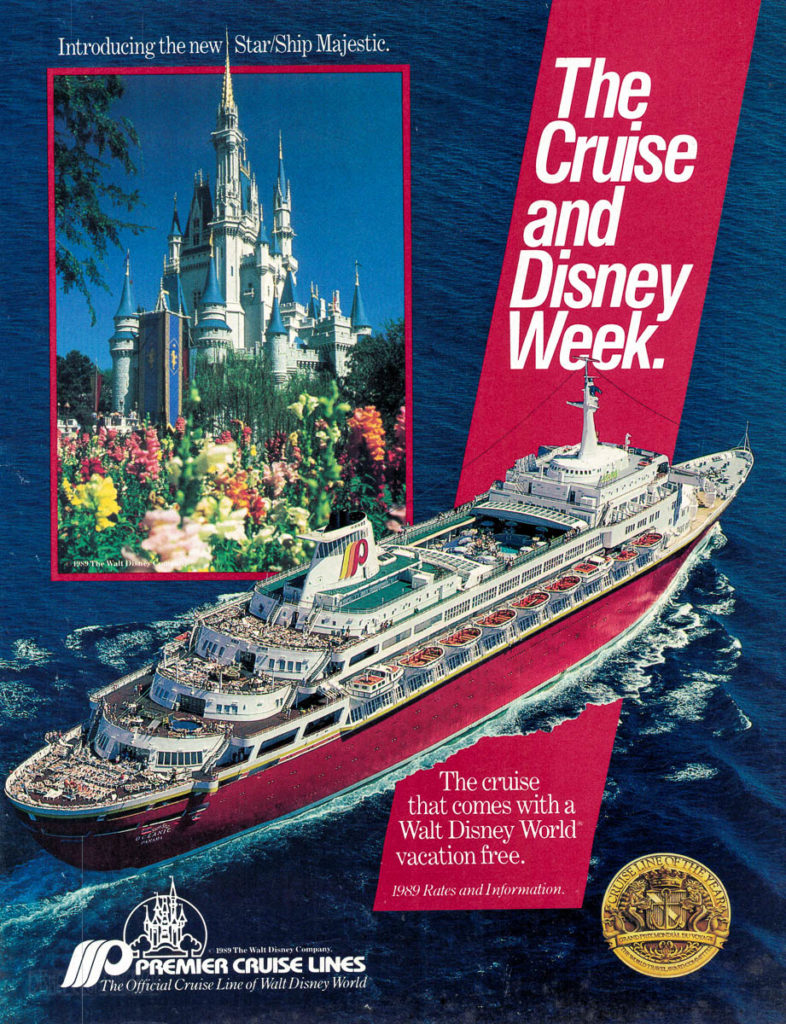


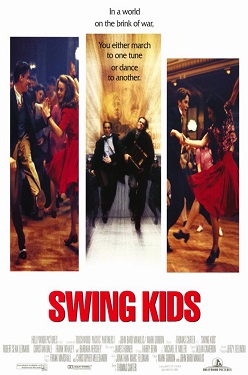




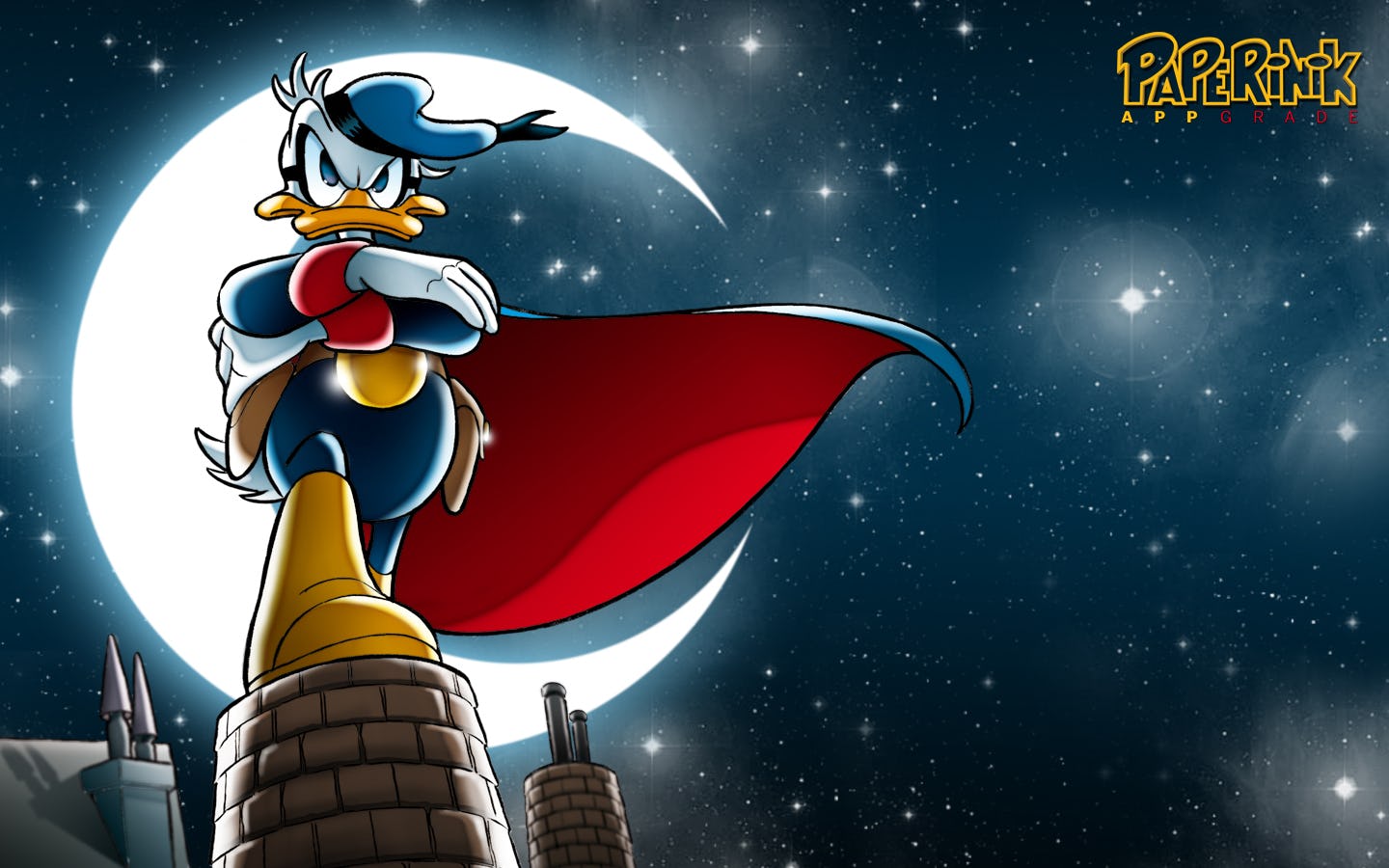






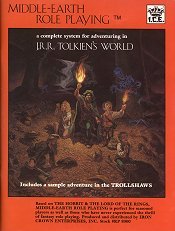



/pic505376.jpg)


